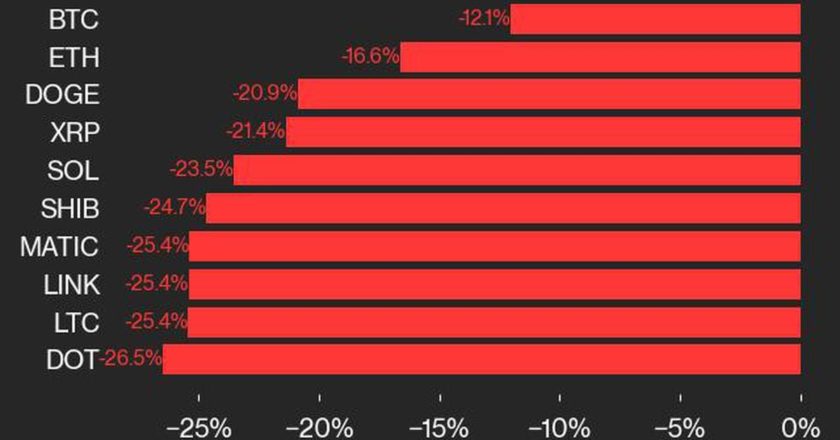Over the last few weeks, the price of bitcoin has hit a record high of more than $41,000, blowing past the 2017 bubble high point of $19,783. The price has since declined relatively rapidly, and questions have arisen about what’s next for this latest bubble. This presents an opportune moment to analyze why these bubbles form and what they mean for the future of bitcoin.
Price volatility causes market uncertainty and is often viewed as detrimental. However, for bitcoin, the price volatility – such as this recent bubble and past ones of varying sizes in 2017 and 2019 – can be ultimately beneficial for the future of cryptocurrencies, because it promotes wider adoption of this up and coming technology.
Yanhao “Max” Wei is an assistant professor of marketing at USC Marshall School of Business.
In some sense, bubbles, which we are defining as a price surge that experiences a decline afterward and then stabilizes at a lower level, essentially becomes free advertising for bitcoin. Headlines splash across major mainstream media outlets about the rising price. Social media buzz begins to build. Soon, people start wondering about bitcoin and whether they should get in on the action.
This phenomenon was borne out in research I conducted with my USC Marshall colleague Anthony Dukes, blending standard models of product diffusion with macro-financial economics to identify a new view of currency speculation.
The models showed us that price bubbles and user adoption can reinforce each other in a cryptocurrency market. In fact, Google searches for bitcoin peaked at the same time that bubbles were peaking in November 2013 and December 2017. The largest jump happened in 2017, around the time of the largest price bubble in bitcoin history prior to this most recent one. During this current bubble, we’re already seeing the start of a surge in Google trends for searches of the terms “bitcoin” and “blockchain.”
People’s interest – reflected in the volume of the Google search – surged as the bitcoin price surged. Our research notes that these surges in attention are connected to events that alter people’s ability to use bitcoin, such as the introduction of the Shared Coin service in November of 2013, which offered anonymity in transactions.
Further, if we look at the historical number of bitcoin wallet accounts, we see there was much steeper growth in the number of accounts around December 2017, which matches the peak in the Google trend. This peak in attention corresponds in time with decisions by Japan, Russia and Norway to recognize bitcoin as a legitimate currency.

This accelerated interest and adoption has a big impact on the price of bitcoin. To more users, bitcoin better serves as a medium of exchange, which in turn attracts even more people to use bitcoin. The expectation of growth attracts investors to bitcoin and drives up its price.
It becomes a reinforcing loop where price bubbles accelerate the growth of the bitcoin user base, the expectation of which then fuels the price bubble. The question of why bitcoin price has been so volatile should be answered with this reinforcement in mind.
Essentially, the spotlight on bitcoin bubbles is beneficial because the influx of investors helps make the currency more liquid – more widely accepted as payment and easier to be quickly exchanged. The lack of liquidity is one of the biggest obstacles for a new currency to be adopted.
The novelty of a price surge is likely important. As the price newly started to rise, more people heard about bitcoin and were interested enough to create a wallet account. If the price increase wasn’t a novelty, it wouldn’t have attracted the same level of excitement and attention. Compare this to when a brand introduces limited edition shoes, and the hype surrounding the “drop” gets attention in and of itself.
Aside from bitcoin itself, the attention on the big price bubbles very likely has sped up the diffusion of the promising technology that powers bitcoin, namely the blockchain, which holds promise for many applications beyond cryptocurrencies. Essentially a technology to secure any type of data or records, blockchain is being applied in supply chain, real estate, health care and many more sectors.
Scholars have tended to look at the price bubbles and the user adoption as two separate issues – as either a finance or a marketing issue. Our research raises the importance of the two interacting with each other. The infamous price volatility and bubbles may very well be embraced by bitcoin advocates, as these help expand the universe of bitcoin users and where the currency can be used.




